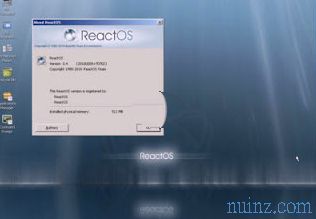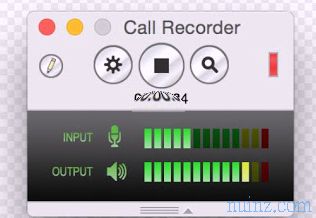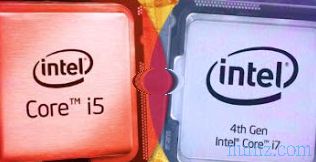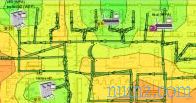 In a corporate network, it is easy to find storage units shared between all computers, which act as "warehouses" for all files to be shared among colleagues in the office.
In a corporate network, it is easy to find storage units shared between all computers, which act as "warehouses" for all files to be shared among colleagues in the office. These network drives are connected to the nearest router or switch, so they are always available. Increasingly, network disks or NAS are added to home modems, which can be seen by connected computers just like network drives and act as warehouses for larger files, to be shared among the various PCs without the need to move them with a USB pendrive.
In this guide we will therefore show you all the steps you need to perform in order to add network drives in Windows, both in the business and at home.
The steps described are fine for any version of Windows, although for the guide we will focus on the latest version of the Microsoft operating system (i.e. Windows 10).
READ ALSO -> How to create a home network with Windows (folders, printers, files etc.)
Types of networked units
Before adding a network drive to our computer, we need to understand what we can connect to the modem or router for it to be visible on the network. If our modem has USB ports, we can take advantage of the external hard disk sharing feature, very useful for use as a network drive.

In this way the hard disk will be available to all devices connected to the modem / router, both in Wi-Fi and via LAN cable.
We can deepen the discussion by reading the following guide -> Connect a disk to the router to share files on the network .
In another scenario, on the other hand, we can share a folder or the entire disk of a PC on the network, so that the other connected devices can access these resources using the LAN.
We talked about it in depth in our guide -> How to Share files and folders on a computer network on Windows PC .
In large LAN networks we can find a device dedicated to the storage of all the data to be shared: the NAS .

With the NAS we will have a mini computer specialized in managing two or more disks on the network, with which we will be able to organize the protocols to be used for access and also the network restrictions (so as to separate access to some folders on the NAS only to authorized users).
If we are interested in the NAS topic, we invite you to read our dedicated guide -> Purchase a network NAS Storage: what it is used for and how much it costs .
READ ALSO: Cloud Drive as network disks in Windows (Onedrive, Google and others)
How to add network drives: first procedure
To add a network drive in Windows without knowing the IP address of the resource, simply open File Explorer from the Start menu or from the specific icon in the address bar, click This PC, click on Computer at the top and finally click on the item Connect network drive .

A new window will open, in which we will have to choose a letter to assign to the network drive and enter the path of the resource; since we do not know its path, we click on the Browse button, wait a few seconds and click on the network resource as soon as it is visible.

Once the resource has been selected, click OK and choose whether or not to activate the options below, i.e. Reconnect at login (to remember the network drive settings) and Connect with different credentials (if the password to access the resource is different from the system password present in Windows). Once ready, click Finish at the bottom of the window to make the changes effective.
The network drive, very similar to a hard disk, will be visible in the This PC section and the shared resources will be accessible based on our access credentials.
If during the addition of the network resource it is not visible with the Browse button, it is possible that the resource is shared on the network with an old sharing protocol ( CIFS / SMB 1.0 ), which is not compatible with Windows 10. By default compatibility with old network resources, click on the Start menu at the bottom left, search for the word "functionality" and click on the Enable or disable Windows functionality icon.
Scroll down the list in the new window until you find the SMB 1.0 / CIFS File Sharing Support and SMB Direct items, then put a check mark to activate both.

We click OK and finally we restart the computer for the changes to take effect.
The next time you start the network resources will be accessible, so that you can easily add them between the drives of your computer as shown above.
How to add network drives: second procedure
If we have recovered the IP address of the network resource (perhaps after checking within the router configuration panel ), we can add the network resource more quickly, without using the integrated search system (which may also not work).
Let's go back to File Explorer from the Start menu, click on This PC, then on the Computer item at the top and finally on the item Connect network drive .
We choose a letter for the unit and, in the Folder field, enter the IP address of the network resource we want to add, preceded by the characters "\\".

If the IP address is correct, the resource will be added automatically as soon as we click on the Finish button.
If, on the other hand, the IP address is not correct, it is perhaps possible to access only a specific folder of the resource: in this case we recommend that you use the last procedure described below to access it correctly.
Add a network path
If we only have access to a folder of the network resource or the resource is available via the Internet, we can use another type of connection to add it to our system.
Let's go back to the This PC section, inside File Explorer, right-click in an empty place in the window (in the area where the hard disks are present), then select the Add network location item.

In the window that will open, click twice on Next, then enter the path of the shared folder on the network, in the form shown below.
"\\ 192.168.1.5 \ shared_folder"

If the path is correct, we will only have to click Next and Finish to add the network resource to our computer.
If we have difficulty adding the exact path of the folder, we can always use the Browse button to show the network resources accessible from the computer.
READ ALSO -> Create a LAN network of computers at home or in the office

















